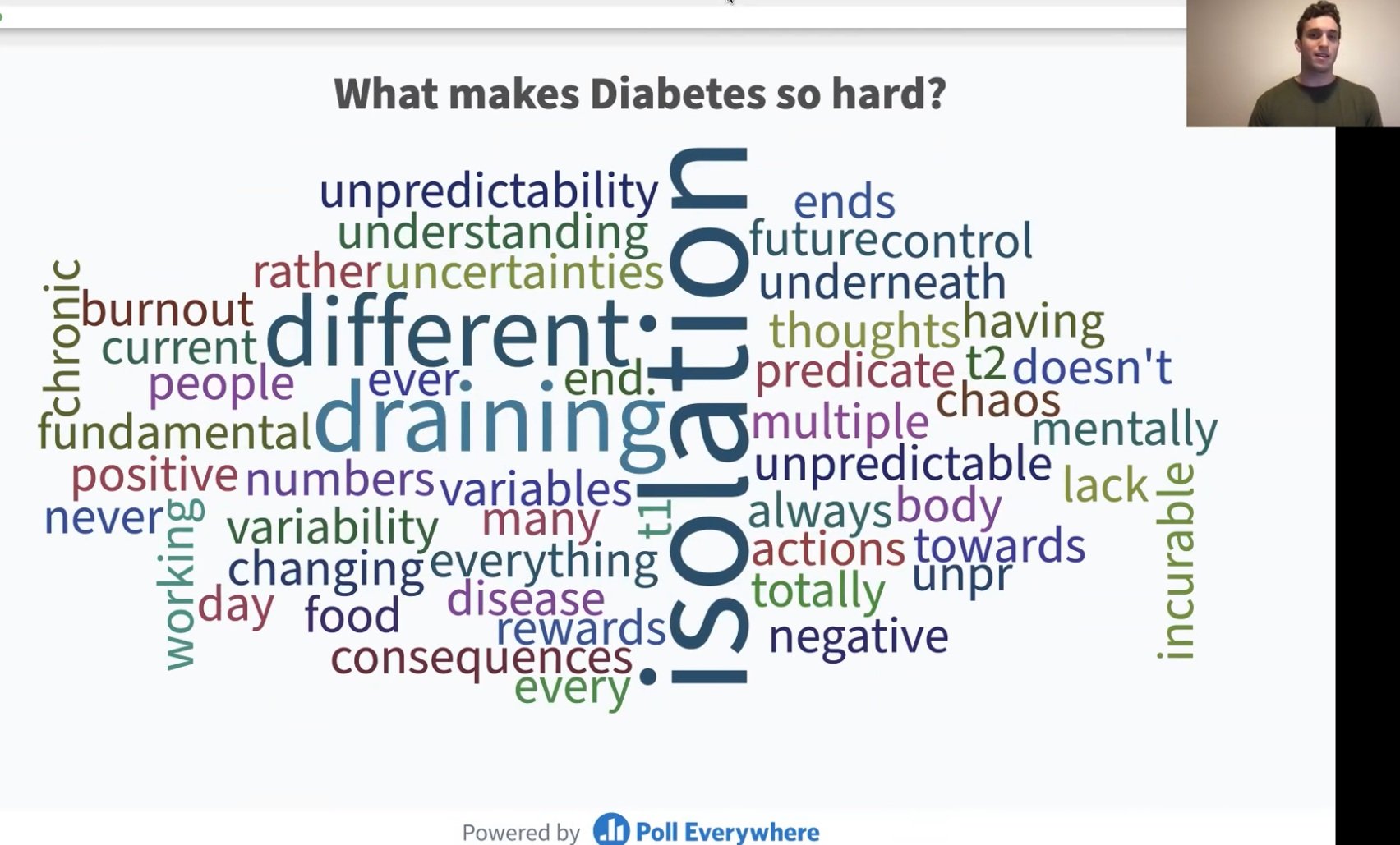



Mindfulness for Trauma Care, by Kelsey Madison Dietrich
By Kelsey Madison Dietrich. This blog serves as a brief summary of trauma-sensitive mindfulness. First, the definitions oftrauma and posttraumatic stress reactions are reviewed. Then, the rationale for mindfulness as a form of trauma care is provided. Lastly, the purpose, principles, and importance of trauma-sensitive mindfulness are described. Resources for continued learning and references cited in this post are listed at the end for further exploration.



Join Team DiabetesSangha
Join Team DiabetesSangha as we raise funds and awareness for a cure.

Beyond Your Feelings About Type One
Another New Year, a new slew of resolutions.
But as we begin a new round of testing our willpower against the flow of our lives and attention spans, perhaps the most important thing we can ask is why. Always, (hopefully), the baseline motivation is to make our lives better in some way. Only, the assumptions we make about how we’re going to get our lives better are often laden with self judgment and “grass is greener”-type thinking.
But Rumi tells us that out beyond that, there is a field.
I’m here to tell you, this field is real, and taking regular visits to it — becoming acquainted with it, let’s say — is the greatest favor you could ever do yourself and the people close to you. You probably have an inkling of what I’m talking about by now — I’m talking about meditation. But the question is not whether you know what I’m talking about — it’s whether you know the field.

Words are Windows..or they’re walls. By Briana Schiavoni
Words are Windows…or they’re walls. By Briana Schiavoni




What coming out taught me about living with T1D and the path to mindfulnes.
What coming out taught me about living with T1D and the path to mindfulness.


What is Sangha? And What is THIS Sangha?
Why come together in an intentional way with others to deeply consider life with T1D?
